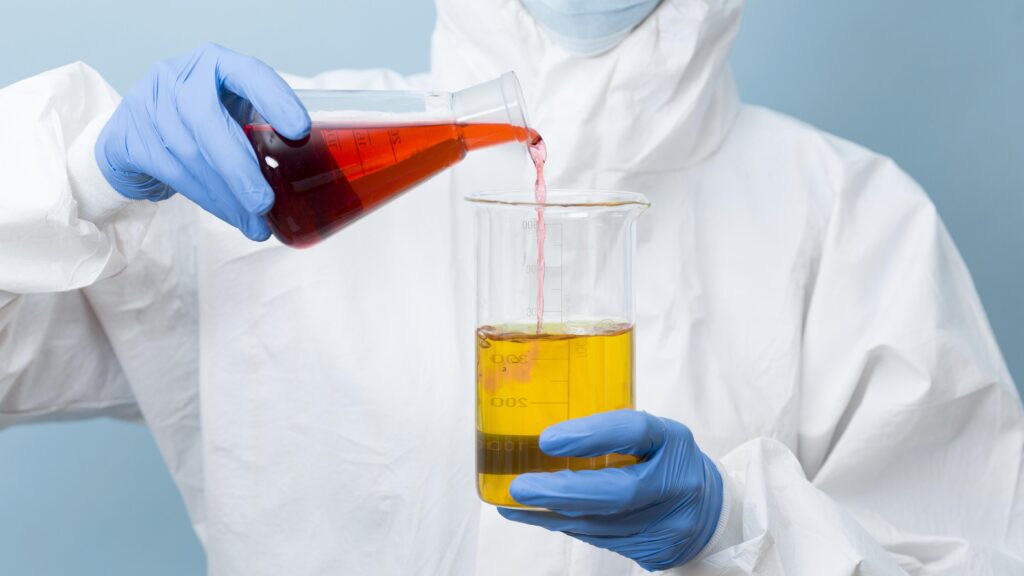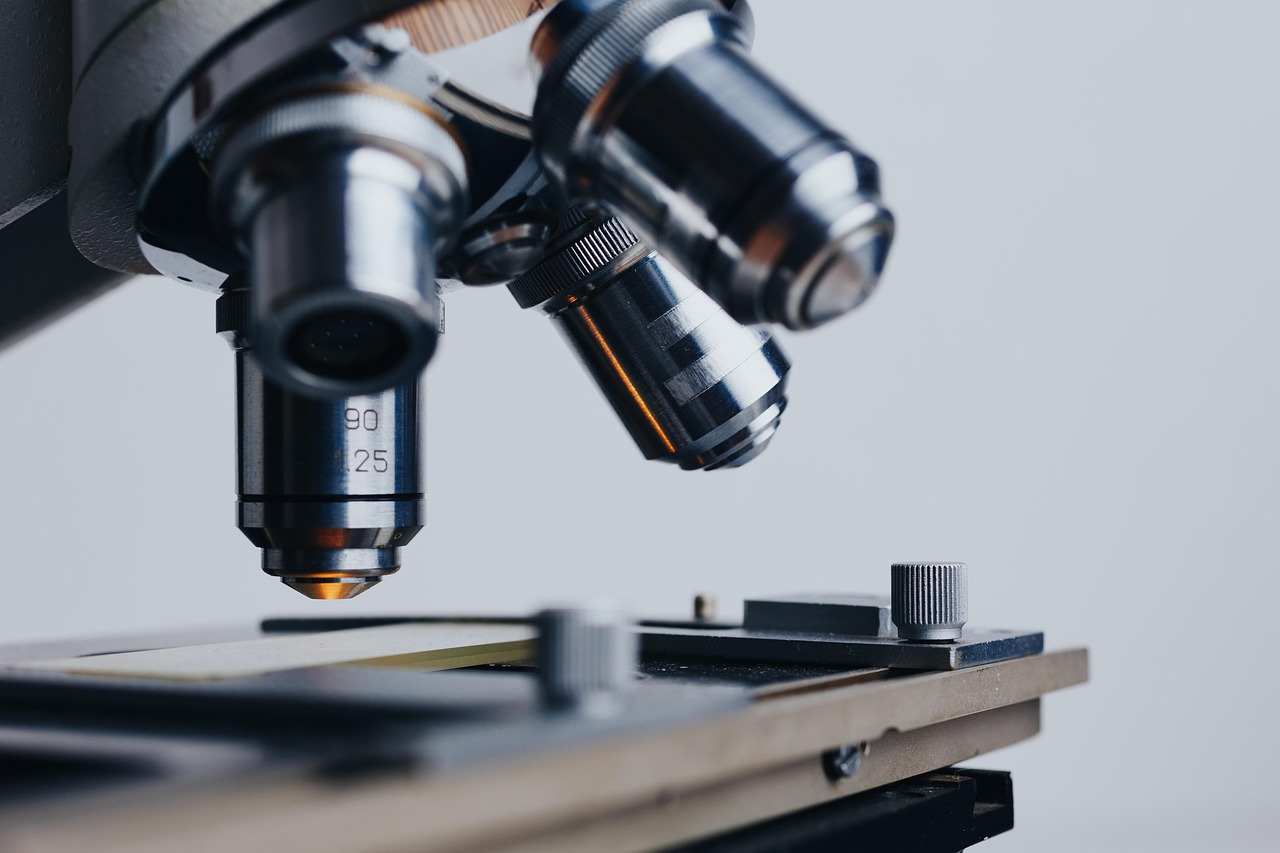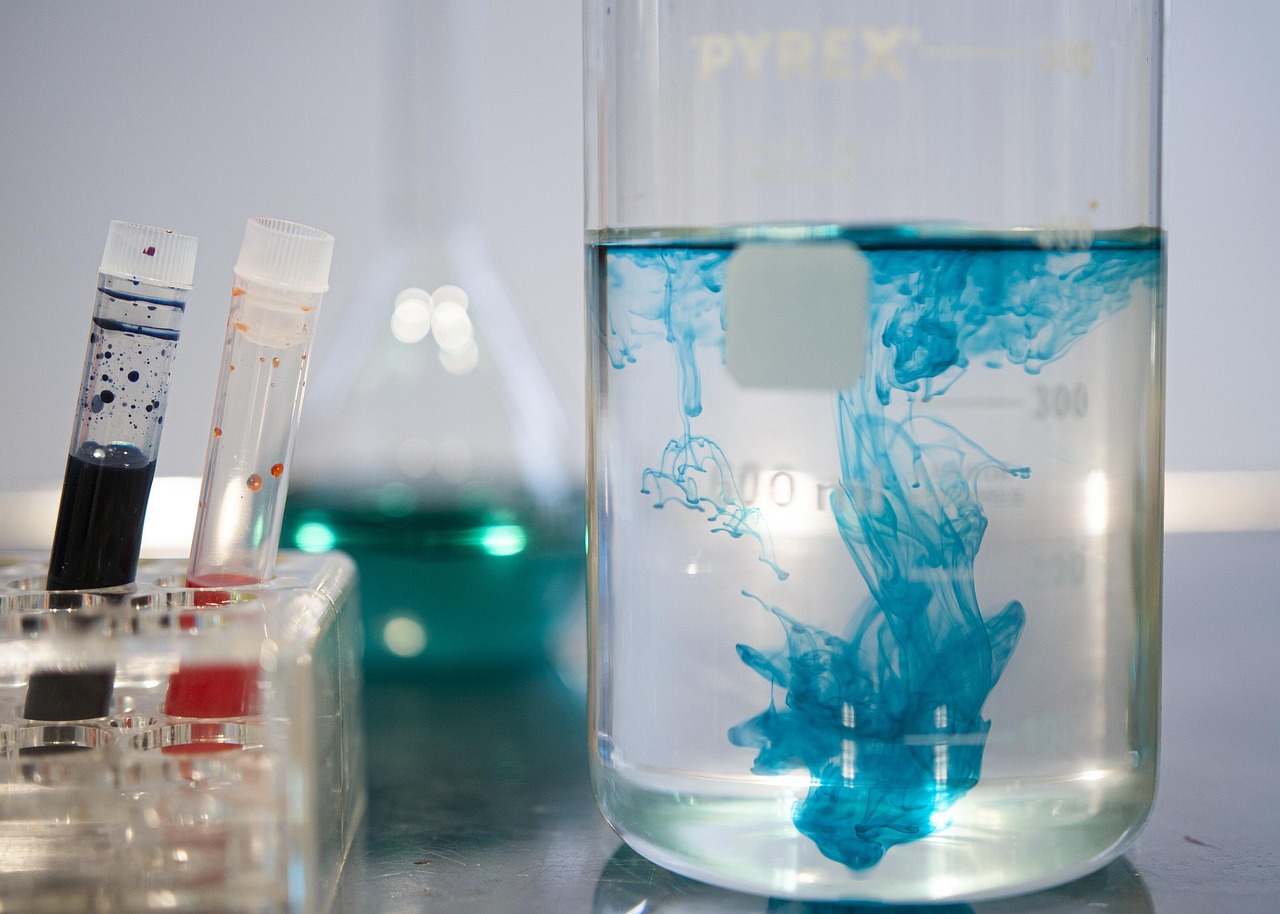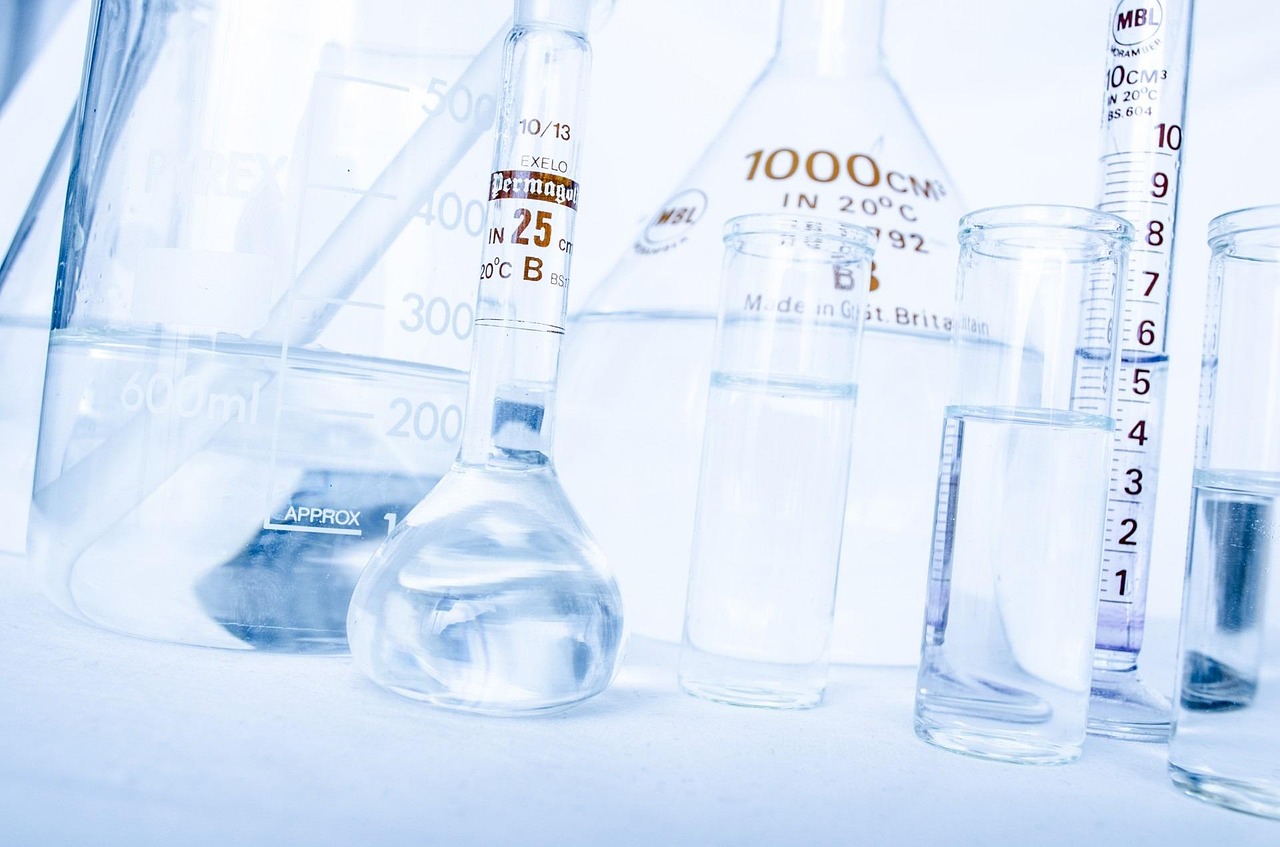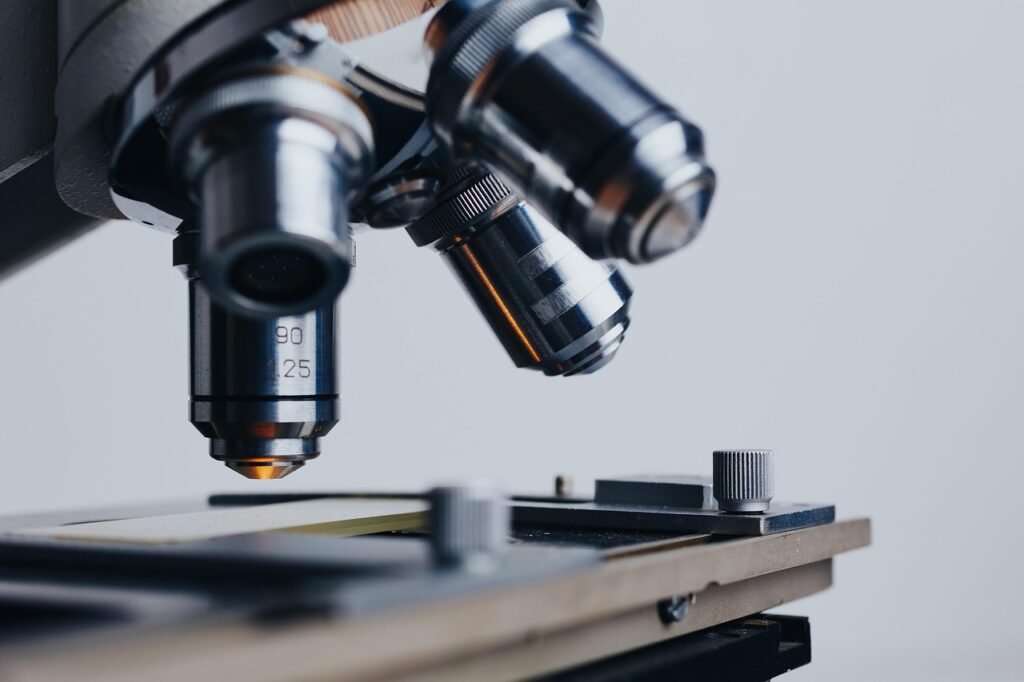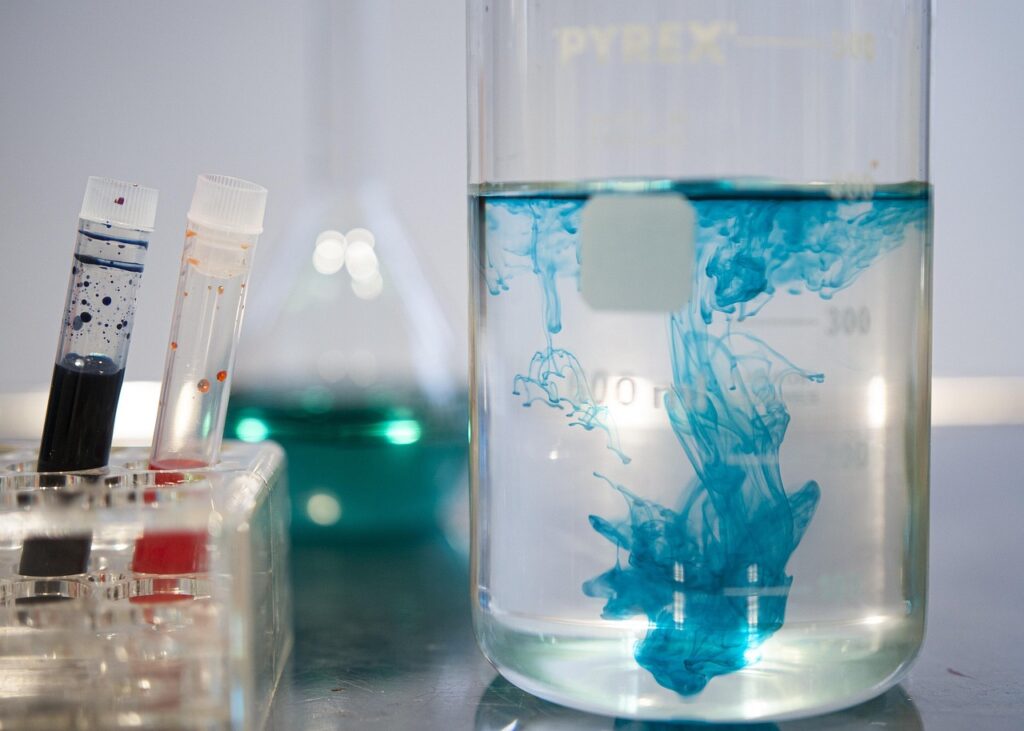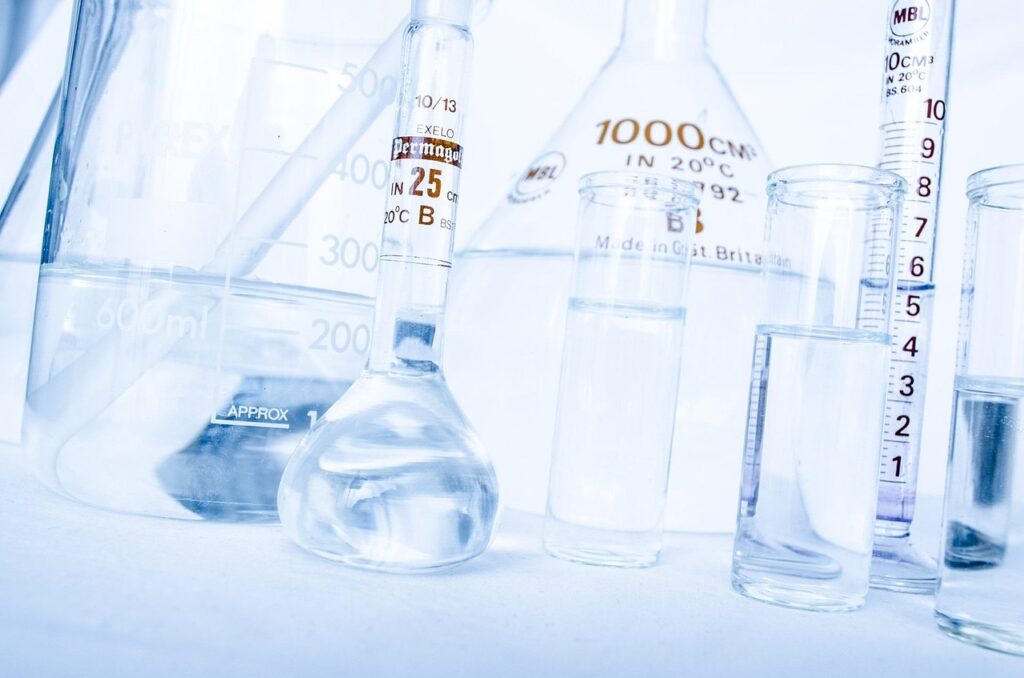Ensuring the quality and consistency of food items is crucial in the fiercely competitive and heavily regulated food sector. Food quality control relies heavily on sensory evaluation, which acts as a link between high customer standards and superior product quality. Using human senses, this all-encompassing method evaluates taste, smell, sight, texture, and even sound as food qualities. It is impossible to overestimate the significance of sensory evaluation of food in quality control since it aids producers in upholding strict guidelines, complying with legal requirements, and catering to consumer preferences.
Understanding Sensory Evaluation of Food
Sensory evaluation of food is a branch of science that uses statistical analysis and experimental design methods to evaluate consumer products by using human senses. This technique is crucial for evaluating the sensory qualities of food, such as:
1. Taste: The primary flavors detected by the taste buds, such as sweet, sour, salty, bitter, and umami.
2. Smell: The food’s scent, or aroma, that the olfactory system detects.
3 Appearance: The visual attributes, including color, shape, and size.
4. Texture: The physical feel of the food, including its consistency, firmness, and chewiness.
5. Sound: The noise produced when consuming certain foods, such as the crunch of a chip.
Every one of these sensory characteristics influences how food quality is perceived overall and how satisfied customers are. Food firms may make sure that their products fulfill specified criteria and stay competitive in the market by methodically examining these features.
The Role of Sensory Evaluation in Quality Control
1. Consistency and Standardization
Consistency in the product is one of the main objectives of quality control in the food sector. The sensory assessment of food aids in preserving consistency in flavor, texture, and appearance among various batches. Maintaining this consistency is essential to fostering customer trust and brand loyalty.
2. Product Development
Recipes and formulations are refined by sensory analysis of food during the product development stage. It assists in determining the appropriate mix of components and processing methods to produce the desired sensory qualities. Food scientists can enhance product quality by using data-driven decision-making and sensory testing.
3. Quality Assurance
A crucial component of quality assurance initiatives is the sensory assessment of food. Frequent sensory testing can identify departures from defined quality standards, enabling manufacturers to take immediate corrective action. By being proactive, we can reduce the likelihood of recalls or brand damage and stop defective products from reaching customers.
Determining the shelf life of products also requires a sensory assessment of food. Manufacturers can determine correct dates of expiration and storage conditions by evaluating changes in sensory qualities over time. By doing this, you can be confident that customers will always receive products that are of the highest caliber and are fresh.
5. Compliance with Regulatory Standards
Strict regulatory requirements about the food business need sensory evaluation as a component of quality control procedures. Following these guidelines is required to receive regulatory body certifications and approvals. Companies can avoid legal ramifications and comply with rules by using sensory evaluation of food.
6. Consumer Preference and Market Research
Any food product must comprehend consumer preferences to succeed. Consumer testing is a method used in the sensory evaluation of food to get input on a variety of factors. By adjusting their products to match consumer expectations, producers can increase the possibility that their products will be successful and accepted by the market.
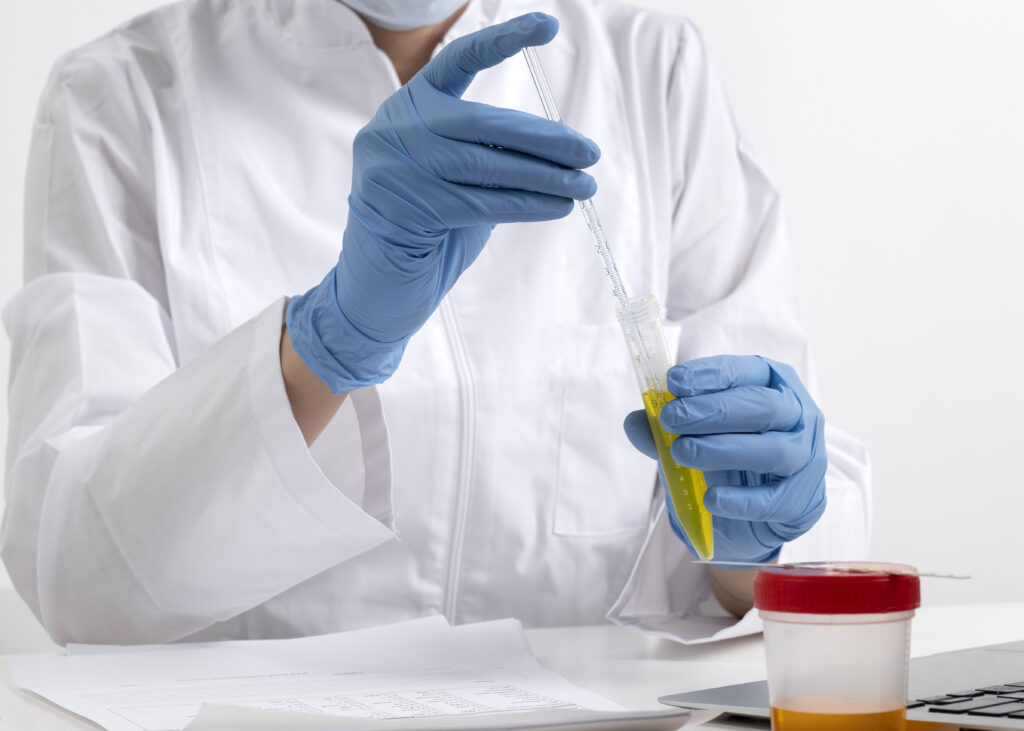
Techniques and Methods in Sensory Evaluation
Sensory evaluation of food employs various techniques and methods to gather reliable and actionable data. These methods can be broadly categorized into analytical and affective tests:
1. Analytical Examinations : Trained sensory panelists assess particular food product qualities in these tests.
2. Discrimination Tests: These ascertain if two or more products may be distinguished from one another.
3. Descriptive analysis: entails a thorough examination of a product’s sensory characteristics, frequently with the use of a list of adjectives.
4. Threshold Tests: Establish the lowest amount of material needed to be identified or detected.
5. Affective Testing: In these tests, unskilled participants share their preferences and thoughts about the product.
6. Hedonic Rating: Using a scale, participants indicate how much they like or dislike the product.
7. Preference Ranking: Participants assign a preference to several products.
8. Acceptance Tests: Evaluate the product’s general level of acceptance among a large customer group.
Implementing Sensory Evaluation in Quality Control Programs
Food sensory evaluation needs to be done methodically and consistently for quality control to benefit from it. The following are recommended methods for incorporating sensory assessment into programs for quality control:
1. Clearly define your goals
Describe the precise aims and objectives of the quality control program’s sensory evaluation. This can entail making sure that products are consistent, enhancing formulas, or adhering to legal standards.
2. Create Standardized Processes
Establish uniform protocols for carrying out assessments of sensory evaluation. This covers thorough procedures for setting up testing conditions, preparing samples, and establishing evaluation standards.
3. Educate Sensational Panelists
To make sure sensory panelists have the ability to perform accurate and trustworthy evaluations, invest in their training. Panelist performance can be sustained with the use of routine calibration sessions.
4. Apply Statistical Evaluation
Utilize statistical techniques to examine sensory This helps in identifying significant differences and trends, providing a solid basis for decision-making.
5. Incorporate Consumer Feedback
Regularly conduct consumer tests to gather feedback on new and existing products. Incorporate this feedback into product development and quality control processes.
Future Trends in Sensory Evaluation of Food
The field of sensory evaluation of food is continuously evolving, with advancements in technology and methodologies. Some emerging trends include:
1. Tools for Digital Sensory Evaluation
The collecting and analysis of sensory data is increasingly being done with the use of digital instruments and software. These instruments improve accuracy and efficiency while streamlining the assessment process.
2. The utilization of AI and machine learning
Sensory evaluation data is being subjected to AI and machine learning algorithms to spot trends and forecast customer preferences. This can aid in creating goods that have a higher chance of becoming successful in the marketplace.
3. Mixed Reality (MR)
Virtual reality (VR) technology is being investigated for its potential to provide immersive settings that mimic actual food-eating scenarios during sensory evaluation. This may improve the relevance and accuracy of sensory tests.
4. Sustainability and Intuition Assessment
In the food sector, sustainability is becoming more and more important. Sensory evaluation of food is being used to develop and promote sustainable products that meet consumer expectations for taste and quality.
Conclusion
It is impossible to exaggerate the significance of sensory evaluation of food in quality control. It is an essential tool for satisfying customer preferences, promoting innovation, and guaranteeing product consistency. Food makers can meet regulatory criteria, succeed in the market, and uphold high standards by methodically using sensory evaluation procedures. The effectiveness of sensory evaluation in quality control will be further enhanced by embracing new technology and approaches as the area continues to evolve.
In conclusion, sensory evaluation of food is an essential part of food business quality management. To produce high-quality, consistent, and consumer-friendly products, it plays a critical role in evaluating and guaranteeing the sensory qualities of food items. Food firms can preserve their competitive advantage in the market and achieve greater success by including sensory evaluation in their quality control processes.

